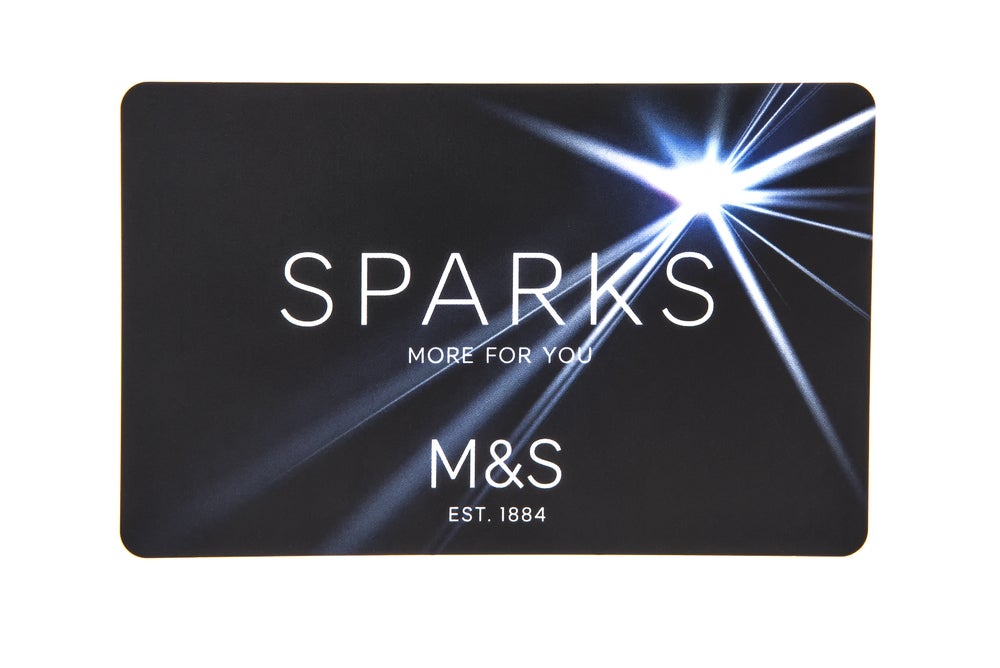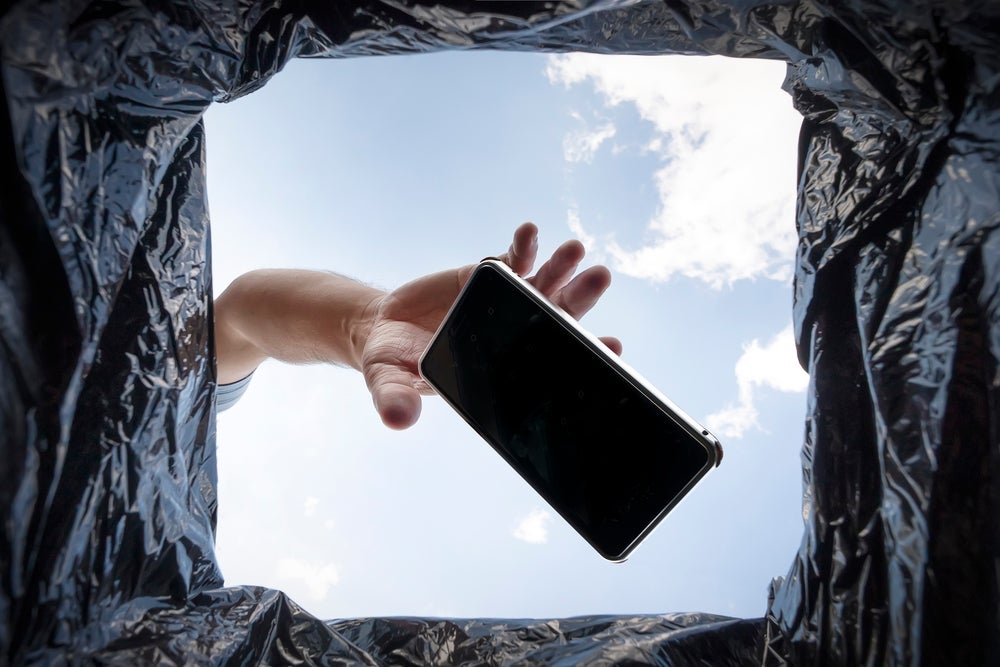vast majority of consumers are unbanked, person-to-person transfers
using a mobile phone link have emerged as a powerful and
potentially disruptive payments – and banking – mechanism. The most
successful programme of its type is the M-Pesa service in
Kenya.
Kenya’s largest telecommunication services provider, Safaricom,
40 percent owned by Vodafone, says it now has five million
subscribers to its pioneering M-Pesa mobile phone-based money
transfer service. The service, launched in March 2007, allows
Kenyans to send and receive money via mobile SMS messages and
collect the cash at Safaricom outlets and other agencies around the
country, and has proved to be a resounding success.
To open an account, Safaricom subscribers present their Kenyan
national identity card and complete a simple registration process;
the account ‘identifier’ is the mobile phone number. Users can
deposit and withdraw cash at a network of some 4,000 of Safaricom’s
distribution agents; M-Pesa can also be used to pay for goods and
services if the merchant accepts this form of payment.
To make a deposit, customers purchase a special ‘mobile money’
scratch card which is very similar to a prepaid airtime card, and
enter the code into their phone. To withdraw funds the recipient
takes the text message to any agent in the network and can ‘cash
in’ by entering a secret code and presenting ID.
Adoption of M-Pesa has been rapid. Within the first three months
(March–June 2007) there were 111,000 registrations. By November
2008, the number of users had reached almost three million. As of
mid-January 2009, take-up had broken the five million mark.
Approximately $120 million transactions are processed per
month.
Fees compare favourably with banks
How well do you really know your competitors?
Access the most comprehensive Company Profiles on the market, powered by GlobalData. Save hours of research. Gain competitive edge.

Thank you!
Your download email will arrive shortly
Not ready to buy yet? Download a free sample
We are confident about the unique quality of our Company Profiles. However, we want you to make the most beneficial decision for your business, so we offer a free sample that you can download by submitting the below form
By GlobalDataFees are significantly lower than those charged by other money
transfer agencies and compares favourably with the fees charged by
locals banks. M-Pesa users can send between $1.25 and $440 and save
up to $630 in their M-Pesa account. The fees for sending and
withdrawing funds range from $0.35 to $5 depending on the size and
nature of the transaction.
Safaricom cites anecdotal examples of the various ways in which
M-Pesa is being utilised. These include: paying field sales staff
their allowances and expenses; salary payments for casual workers;
a virtual wallet for carrying money safely while travelling; taxi
fare payments; and long-distance transfers for medical care, school
fees and bail fees.
The telco says that the secret to its early success is keeping
things simple, focusing on what customers want, and getting early
visibility and adoption. Moving forward, it says that one of the
key issues is the continued support of regulatory authorities.
M-Pesa is currently classed by Kenyan regulators as a mobile
payments system and does not require a banking licence, though some
of Kenya’s banks have complained that it is in fact a bank and
should be regulated as such.
Users’ funds are not held in individual bank accounts. All
M-Pesa funds are held in a central pooled account with the
Commercial Bank of Africa. While not subject to banking
regulations, M-Pesa still includes a full transaction tracking and
reporting system and anti-money laundering measures.
Only 19 percent of Kenyans have access to formal financial
services, according to a 2007 survey by non-profit organisation The
Financial Sector Deepening Trust. The survey found that a further
43 percent have access only to informal financial services such as
savings associations and microfinance institutions. Some 38 percent
are entirely unbanked. With only 450 bank branches in the country,
the mobile channel holds great promise as a way to extend financial
access to these groups.
In an interview with Business Daily Africa in January 2009,
Michael Joseph, Safaricom’s CEO, said that growing criticism that
M-Pesa had begun to evolve into the country’s largest de
facto retail bank were unfounded: any money retained by users
in the system does not earn Safaricom any interest and cannot be
equated to bank deposits. “If the consumer decides to use M-Pesa to
save some small money, we recognise that this is the prerogative of
the customer who does so with the knowledge that M-Pesa is not a
banking service and does not pay interest on the deposits nor
charge a fee,” said Joseph.
Some 27 percent of the Kenyan population own mobile phones,
while a further 27 percent have access to one via family or
friends.
Most banks in Kenya offer basic SMS-based mobile banking
services for existing customers. Cooperative Bank, for example,
allows electricity bill payment via SMS, while National Bank’s
mobile banking service claims to offer three times as many
functions as any other.
“Highly successful and innovative”
At present, however, mobile phone usage in Kenya is heavily
concentrated within the banked segments of society. Less than 20
percent of unbanked consumers or those using informal financial
services have a mobile phone. As Vodafone points out, the potential
of M-Pesa to provide financial services to the unbanked will depend
upon whether the benefits of the service are compelling enough to
persuade potential users to acquire mobile phones. This will no
doubt be supported by the broader trend of rapidly increasing
mobile phone penetration in Kenya overall.
In its half-year financial figures published in September last
year, Safaricom stated that its network market share in Kenya was
81 percent, with 11.96 million subscribers.
It said the “highly successful and innovative” M-Pesa money
transfer service continued to show impressive growth with
registered subscribers increasing to 4.14 million at 30 September
2008 which represented a doubling of the base in the six-month
period and a year-on-year growth rate of 650 percent.
New subscribers continued to sign up for this service at a rate
of 13,800 per day during September. Person-to-person transfers grew
significantly and, during September 2008, exceeded KES9.6 billion
($120 million) in the month. This represents a ten fold increase
over the same period last year.
Cumulatively the service has now transferred over KES50 billion
since its introduction in 2007, further consolidating its position
as one of the most innovative services ever introduced into the
mobile market.
The above is an edited case study taken from the updated
version of The Business Case for Mobile Banking







